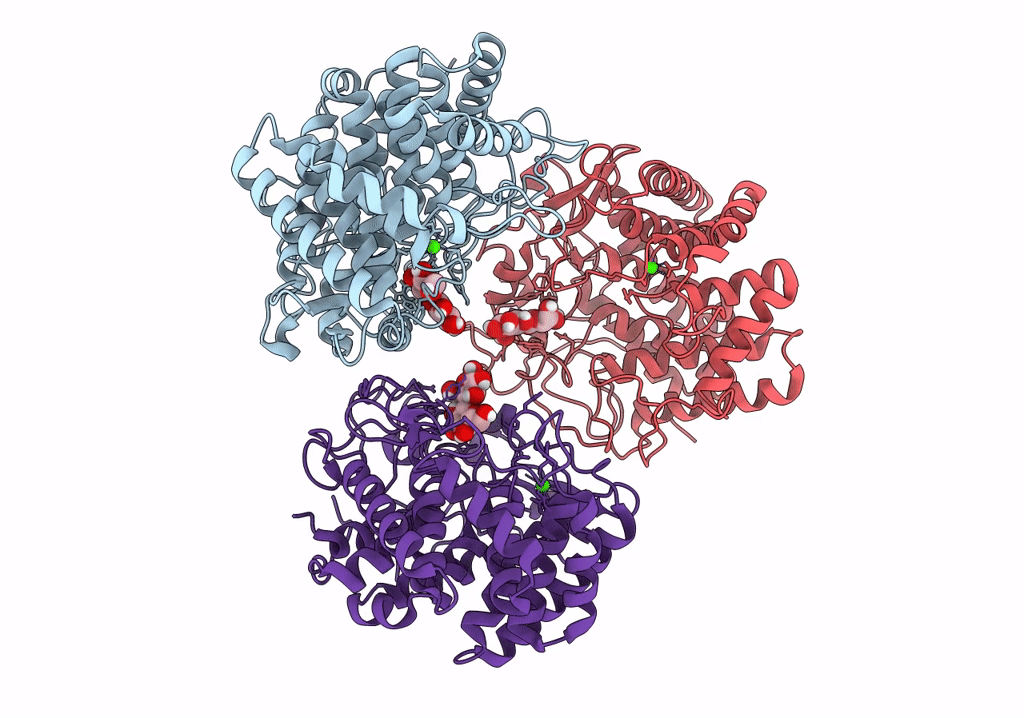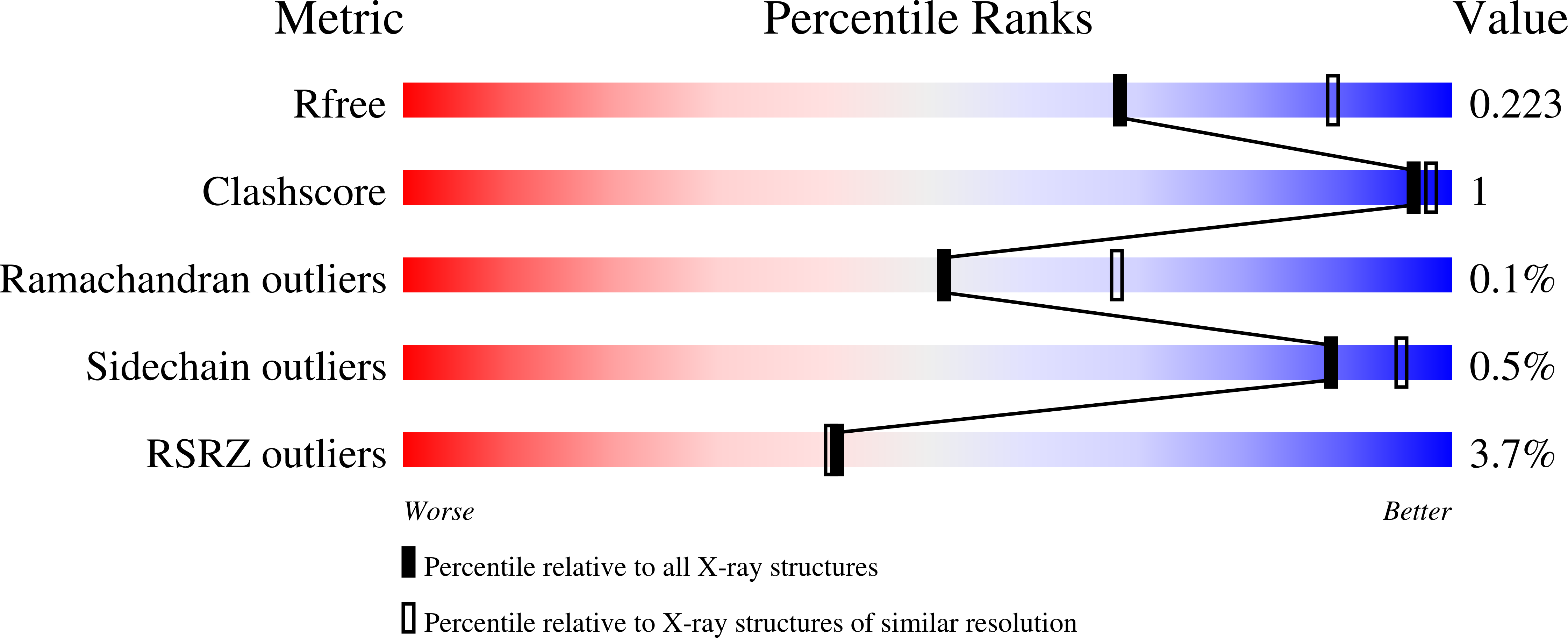
Deposition Date
2022-05-10
Release Date
2023-04-05
Last Version Date
2023-10-25
Entry Detail
PDB ID:
7V0J
Keywords:
Title:
Crystal structure of a CelR catalytic domain active site mutant with bound cellobiose product
Biological Source:
Source Organism:
Acetivibrio thermocellus (Taxon ID: 1515)
Host Organism:
Method Details:
Experimental Method:
Resolution:
2.40 Å
R-Value Free:
0.22
R-Value Work:
0.19
R-Value Observed:
0.19
Space Group:
C 2 2 21


